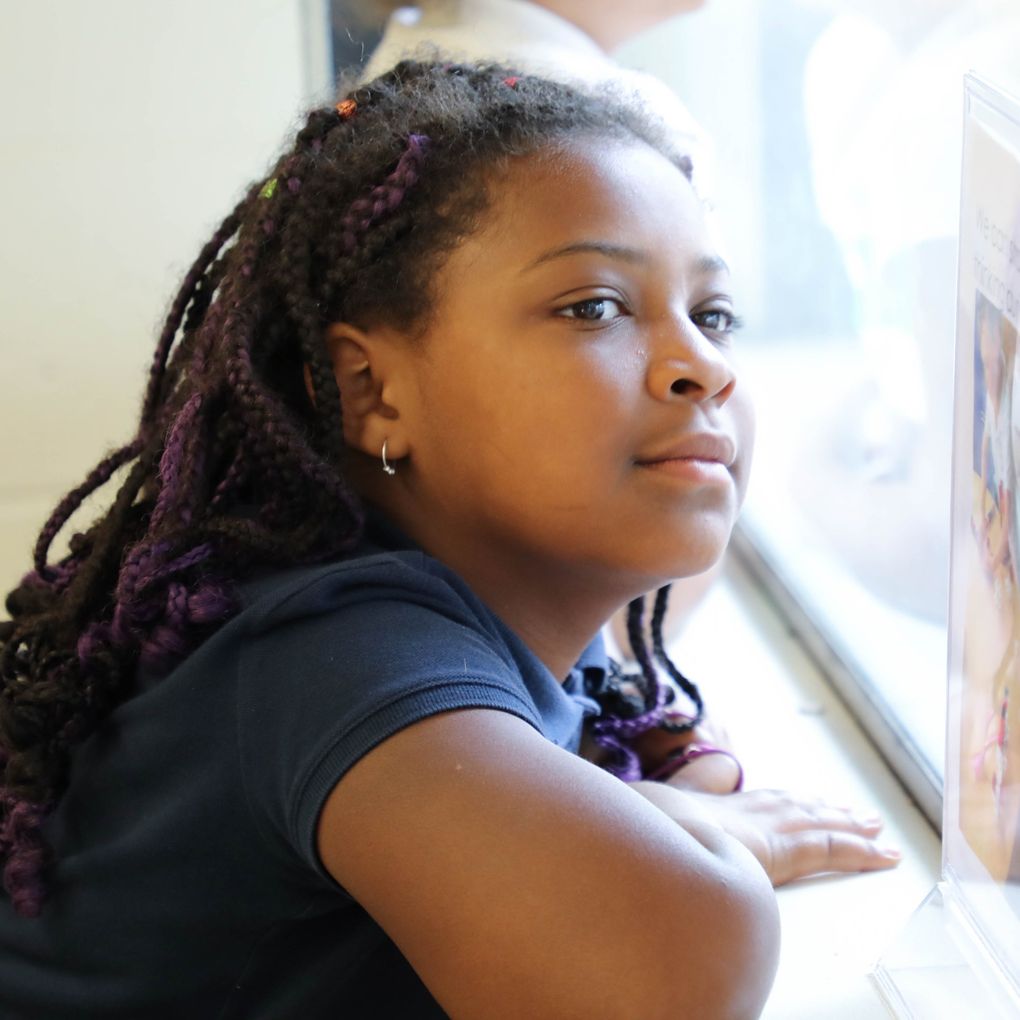Yoga and love in a school that helps children of color excel
*Original Publication, The Seattle Times, May 31st, 2019*
Who is most likely to thrive in a yoga class? Can you imagine it just might be a 10-year-old African American boy?
In the heart of North Portland, a modest one-story school named KairosPDX is putting this question to the test. Using a model built on love, inclusivity and mindfulness, this school warmly welcomes students of all ethnicities and backgrounds with a particular emphasis on increasing black excellence.
As an African-American physician, I know that excellence comes in all shades and from all backgrounds. However, for some children, the starting line is further back. KairosPDX is keenly aware of how stress, trauma and adverse childhood experiences (ACEs) can be damaging to a child, even limiting their potential. An ACE score is a “tally of different types of abuse, neglect and other hallmarks of an [embattled] childhood.” A higher ACE score may result in an increased risk of health disparities as well as social and emotional difficulties such as: low life potential, substance abuse, heart disease, lung cancer and diabetes.
However, KairosPDX knows that children cannot be reduced to their obstacles. I was first introduced to KairosPDX by a Nike senior manager and soon decided I wanted to be more involved through mentorship to the young students, recognizing that early guidance and exposure are key elements to success. One of my physician mentors once mentioned to me that we as physicians must commit to society, and this commitment should come within the halls of a school.
 Mekhia Johnson caught in a moment of self-reflection in between classes at... (Courtesy of KairosPDX) More
Mekhia Johnson caught in a moment of self-reflection in between classes at... (Courtesy of KairosPDX) More Children are inherently capable, brilliant and curious, and the environment in which they submerge themselves (outside of the home) can have a profound impact on their outcomes. Proudly emblazoned inside the school is the sign Kairos Calming Center: Home of Kairos Love. The floor lined with yoga mats and their desks with mental exercise work sheets, it is uncertain to me which is more impactful to the students there. Is it the yoga or the love?
The mats rarely go a day without use as a counselor teaches students yoga, which helps them to improve resiliency, mood and self-regulation skills. This therapeutic practice is based on research that shows the harmful impacts of stress on the brain, specifically on the area responsible for problem-solving, decision-making and self-control. When trauma occurs, the memory center is affected, leading to difficulty in learning new concepts. In this way, this school’s loving and caring environment has a restorative impact on young students who have faced obstacles in their life shifting the narrative of trauma to resiliency. Through these actions, executive director Kali Ladd claims that children and young people require such tools to listen inwardly to their bodies, feelings and ideas. This capability to look within increases the potential for outward excellence.
Outward excellence can be developed by any person regardless of race, sex or economics. I was fortunate to grow up in a loving two-parent home. Yet I remember a time when I was considered a disruptive young boy at one of the elite private schools in Washington, D.C. My youthful enthusiasm and energy combined with reduced self-control often resulted in me standing outside of the classroom while my classmates continued to learn. The many times I found myself in the hall with zero help for resolution were not only valuable educational opportunities squandered but missed occasions to build emotional intelligence. Worsening the situation was the idea that I, like many other young, hyperactive, energetic African American boys, had undiagnosed attention-deficit/hyperactivity disorder (ADHD). I was tested. The results returned negative. As I glance in the rearview mirror of my life, my elementary school appeared unprepared to receive negative results — no ADHD.
They simply did not know what to do with me.
Thanks to family and friends, I was able to channel this energy into athletics and the arts, transforming my enthusiasm into a personal benefit rather than detriment. Those learned lessons of work, resilience and encouragement became the steppingstones toward my life as a physician. Other young African American boys are less fortunate than I and never receive the guidance, mentorship or outlets for building emotional intelligence.
How many children, particularly boys of color, grow up to never see their potential turn into accomplishments the way I have? If more places of learning like this existed in Seattle, Portland and the country, what might the result be? Within those school walls exists a simple brilliance — an undiscovered gem — at the crossroads where vision and opportunity intersect. There are small gems in the Pacific Northwest such as KairosPDX that need watering as any rose growing through concrete.
